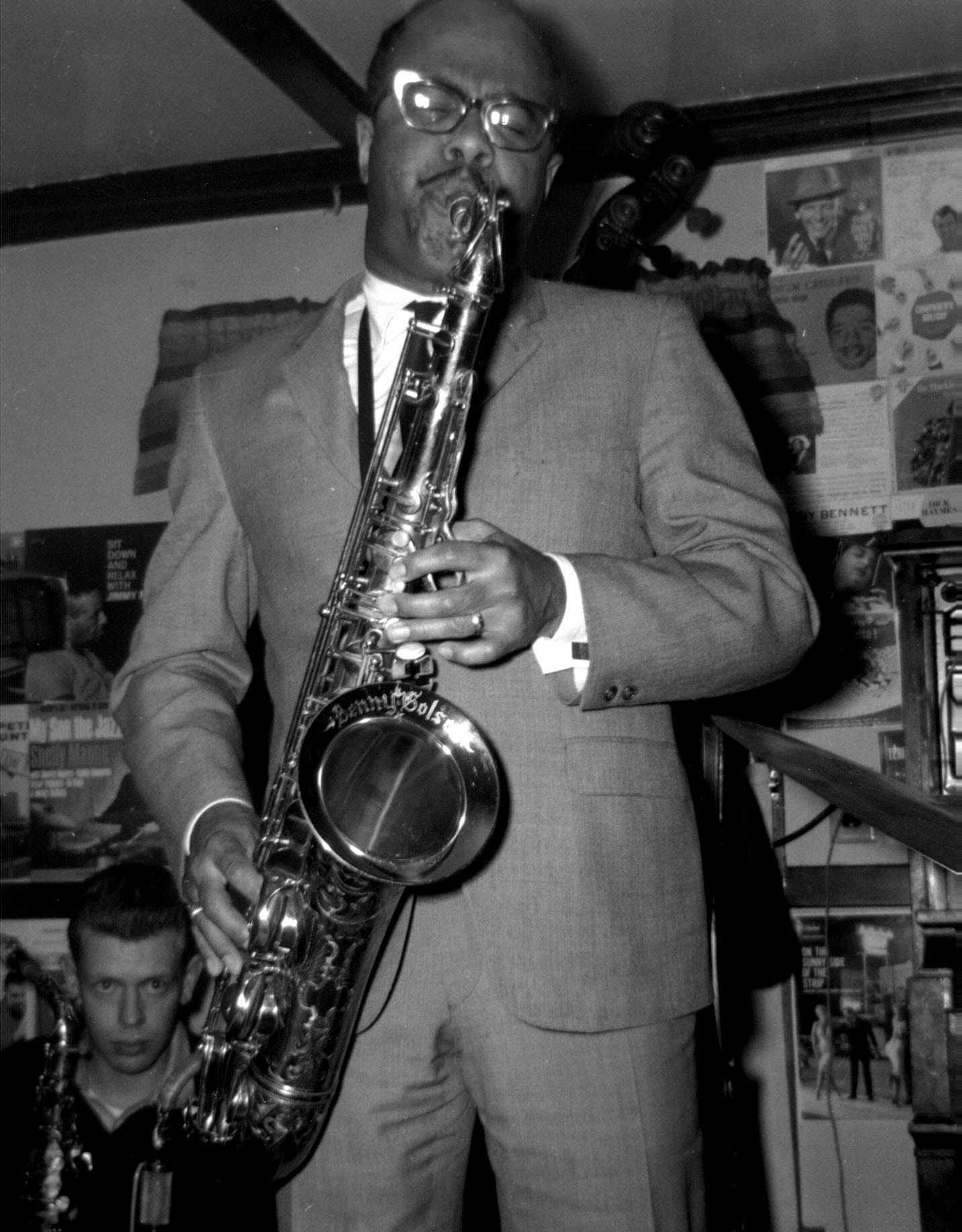
The allure of Hollywood’s Golden Age is undeniably potent, a glittering epoch where stars shone brightest, captivating audiences worldwide with their talent, charisma, and undeniable screen presence. We all remember the big names, the faces that defined an era and still light up our screens today, but what about those who, despite their undeniable brilliance, seemed to simply vanish into the ether? It’s a question that often lingers in the minds of classic film enthusiasts, a whispered curiosity: seriously, where *did* they go?
Fame, as we know, can be an incredibly fickle mistress. For many of these dazzling performers, the relentless spotlight, the suffocating demands of the studio system, and the constant public scrutiny proved to be too much to bear. Others found that life simply offered a different, perhaps more compelling, path away from the cameras. While some left under a cloud of scandal or personal struggle that tragically cut their careers short, others made a conscious and deliberate decision to step away, seeking solace, a renewed sense of purpose, or simply a quiet existence far from the blinding flashes of the paparazzi’s glare. Their stories are a fascinating, and at times heartbreaking, glimpse into the human side of superstardom, reminding us that behind every iconic role was a person navigating their own complex reality.
Today, we embark on an intriguing journey back in time to unearth the often-forgotten tales of ten such Golden Age icons. These are actors whose names might not immediately spring to mind for everyone today, but whose contributions to early cinema were undeniably immense and groundbreaking. We’re talking about the pioneers, the record-breakers, the boundary-pushers, who graced the silver screen with unforgettable performances, only to seemingly disappear from our collective memory. Get ready to rediscover some truly unforgettable stars and delve into the captivating, and sometimes tragic, reasons behind their vanishing acts from the public eye.
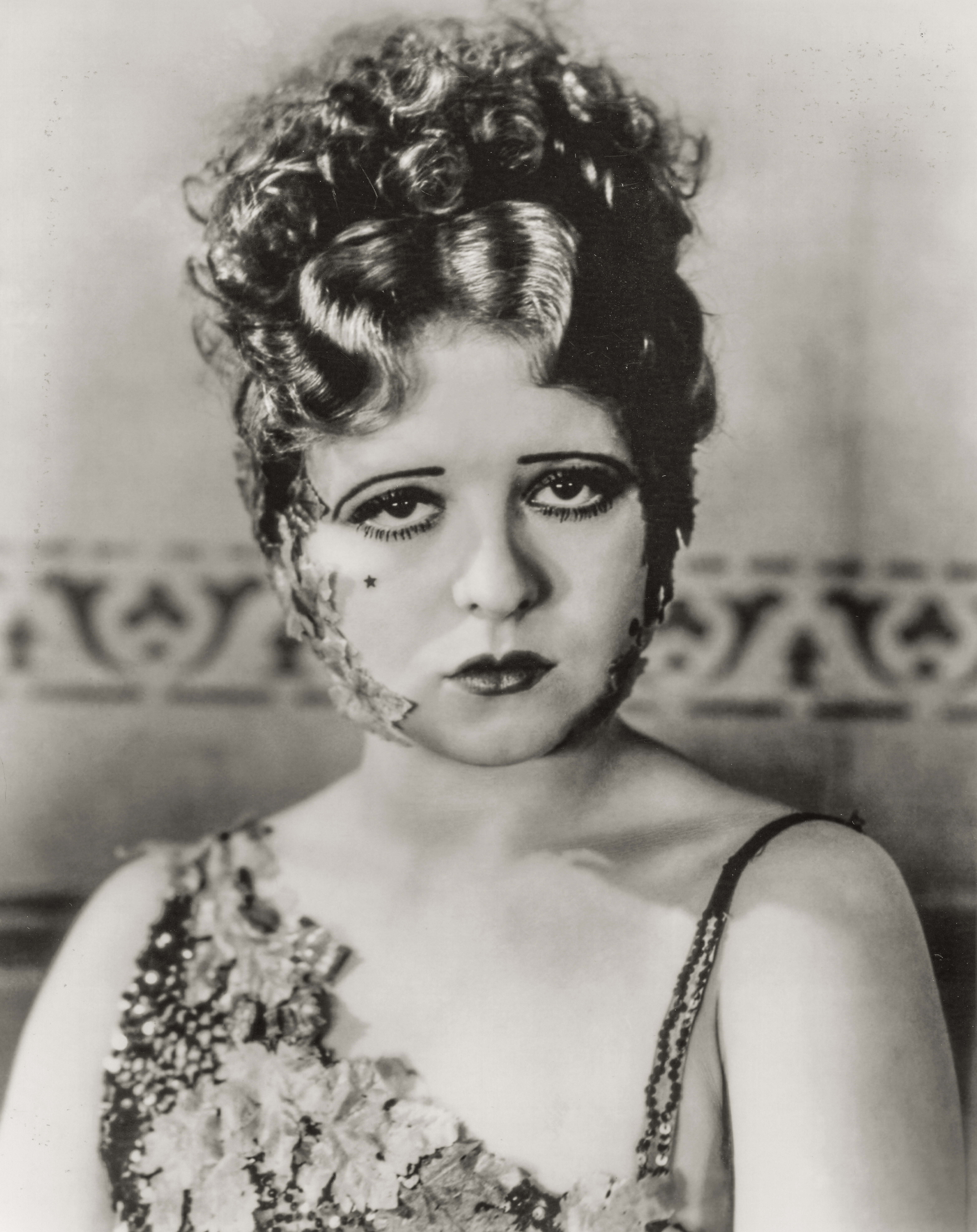
1. **Clara Bow**Clara Bow, a name synonymous with the roaring twenties, was the original “it girl” – a magnetic force who practically crackled with energy on screen. She was the embodiment of the modern young woman, a flapper icon who fearlessly challenged traditional ual mores and cultural norms of her time. Her roles in silent film classics were not just entertainment; they were a cultural phenomenon, painting her as vibrant, daring, and utterly irresistible to a rapidly changing world. She was the one everyone wanted to be, the star who captured the zeitgeist of a thrilling new era.
Her appeal wasn’t just about her undeniable beauty; her cleverness and raw appeal truly set her apart, making audiences fall in love with her vivacious spirit. However, beneath the dazzling surface, a tempest brewed. Her offscreen life was often plagued by erratic behavior and public scandals, chipping away at her public image. The immense pressures of being the “it girl” in a rapidly evolving media landscape took their toll.
By 1933, at the relatively young age of 28, Clara Bow’s film career had come to an end. While her retirement coincided with the advent of “talkies,” it’s crucial to understand that the transition to sound film was not the primary reason for her departure. Instead, a series of deeply personal betrayals, combined with relentless studio pressure and the exhausting demands of her profession, seemingly drove her out of the business she once dominated. She sought a different life, marrying and relocating to a ranch in Nevada, far removed from the Hollywood machine.
Sadly, Clara’s struggles didn’t end with her retreat from Hollywood. Dogged by mental health crises throughout her life, she made very few public appearances after her time in the sun. Her story is a poignant reminder of the fragility of fame and the human cost of being an icon. Although her time in the spotlight was relatively brief, Clara Bow’s electrifying performances and her undeniable influence on fashion and femininity ensure her place in cinema history, a pioneering spirit whose light, though dimmed, can never be entirely extinguished.
Read more about: You Won’t Believe These 10 Ridiculous Celebrity Lawsuits Over Defamation and Social Media Comments That Had Everyone Talking!
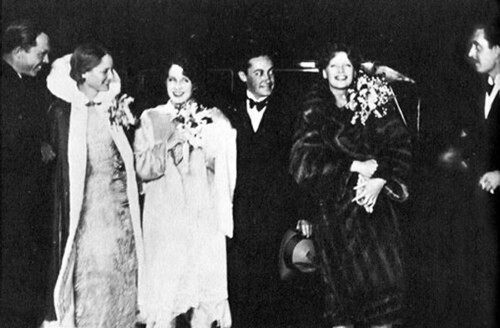
2. **Norma Shearer**Norma Shearer truly reigned as the queen of the MGM Lot during her heyday, wielding a remarkable amount of power and influence within her home studio. This formidable position was, in no small part, attributed to her marriage to Irving Thalberg, Metro’s head of production, a titan of the industry. However, to reduce Norma to merely “Thalberg’s wife” would be a disservice to her extraordinary talent. She was unequivocally a star in her own right, a force of nature who commanded respect both on and off screen, deserving every accolade she received.
Her films weren’t just critically acclaimed; they were consistent money-makers, drawing huge crowds and cementing her status as one of Hollywood’s most bankable stars. What made Norma particularly fascinating was her incredible versatility, often pushing the boundaries of femininity on screen in a way few others dared. She could effortlessly embody virtue and nobility in one role, only to transform into a liberated, complex, and even messy character in the next. This range allowed her to portray women who were both aspirational and deeply relatable, resonating with diverse audiences across the nation.
A pivotal moment in Norma’s career, and indeed her life, arrived with the unexpected death of her beloved husband, Irving Thalberg, in 1936. This left her in a challenging position, forced to advocate for herself in a notoriously cutthroat industry without her powerful protector. She navigated this new landscape with admirable strength and resilience, continuing to deliver compelling performances. However, by 1942, after a distinguished career, Norma Shearer decided to step away from the glare of the cameras, choosing to retire from filmmaking entirely.
Following her disappearance from public life, especially before the widespread advent of television, Norma Shearer’s fame inevitably dipped. Yet, her legacy has been carefully preserved through the enduring power of her films, which continue to be rebroadcast and rediscovered by new generations of cinephiles. Her powerful performances and her pioneering spirit as a woman who commanded respect in early Hollywood ensure her rightful place in the pantheon of true film legends.
Read more about: Behind the Camera: 15 Hollywood Feuds from Golden Age Films That Were Brushed Aside During Filming
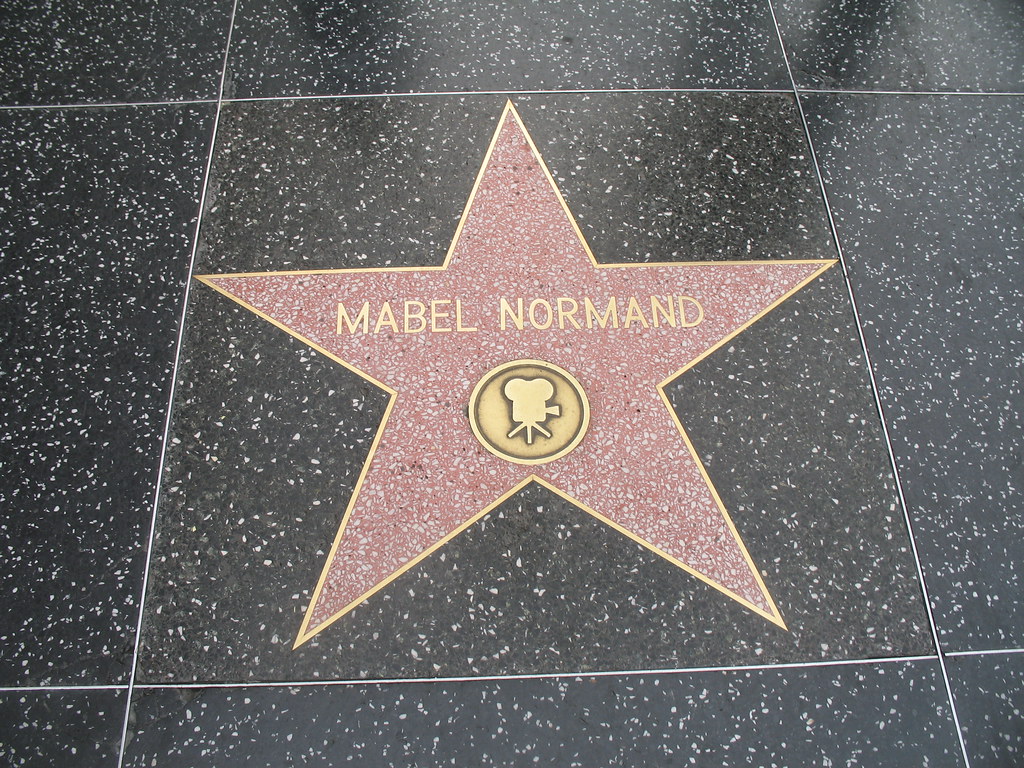
3. **Mabel Normand**Mabel Normand was nothing short of a trailblazer in early Hollywood, not only shining brightly as a beloved comedy star but also making significant strides as a writer and director. In an era where women’s roles in film production were largely limited, Mabel broke barriers, proving her multifaceted talent behind and in front of the camera. She was a true pioneer, paving the way for future generations of women in the industry and demonstrating that female creativity extended far beyond simply acting out roles.
However, despite her immense contributions to cinema, Mabel Normand is perhaps more widely remembered for her legendary exploits as a reckless party girl and her unfortunate proximity to some of Hollywood’s most shocking and sensational episodes. Her vivacious personality, while captivating on screen, often spilled over into a tumultuous personal life that became fodder for gossip columns. She was a frequent co-star of the famed comedian Fatty Arbuckle, whose infamous legal issues rocked the nascent film industry in the early 1920s, casting an unwanted shadow over anyone associated with him.
Indeed, the “whiff of scandal” seemed to constantly surround Mabel. The mysterious murder of her friend, director William Desmond Taylor, further embroiled her in public controversy, drawing unwanted attention and suspicion. Later, a shooting committed by her chauffeur tragically added another layer of notoriety, further tarnishing her already precarious reputation. These incidents, though often beyond her direct control, became inextricably linked to her name, fueling a narrative of sensationalism that overshadowed her artistic achievements.
The public outcry and moral panic following these scandals led to severe censorship crackdowns on “immoral behavior” both on and off-screen throughout Hollywood. Consequently, Mabel Normand’s films, deemed too controversial or associated with disreputable figures, began falling out of circulation. Her last movie was released in 1926, effectively ending her film career amidst the intense scrutiny and moralistic fervor of the era. Tragically, she died four years later of tuberculosis, a life cut short by illness and the harsh realities of early Hollywood fame, leaving behind a complex legacy of talent and infamy.
Read more about: Hollywood Unscripted: Deconstructing Tinseltown’s Evolution, From Pioneering Past to Modern Metamorphosis

4. **Frances Farmer**Frances Farmer was a captivating talent, discovered by Paramount Pictures at the tender age of 22, seemingly destined for Hollywood stardom. With her striking beauty and intense dramatic presence, she quickly made an impression. However, the restrictive confines and commercial demands of being a studio star soon began to chafe against her artistic sensibilities. Feeling stifled and creatively unfulfilled by the rigid structure of Hollywood, Frances made a bold decision for an actress of her burgeoning stature: she famously returned to the theater, seeking the artistic freedom and intellectual challenges that the stage offered.
Her return to Hollywood, though, was not a triumphant one. Instead, it marked the beginning of a deeply tragic period in her life. Her battles with addiction and severe mental illness, which had perhaps been simmering beneath the surface, spiraled publicly, making national headlines and forever painting her as a tragic fallen star. The raw, unfiltered nature of her struggles played out in the glaring public eye, creating a narrative of heartbreak and ruin that became synonymous with her name, overshadowing her undeniable acting prowess.
Escalating scandals, coupled with profound indignities like a conservatorship under her domineering mother, led to a series of very public breakdowns. These harrowing experiences effectively halted her promising career, making it impossible to secure roles or maintain stability in the demanding film industry. The system that had once embraced her now seemed to reject her, unable or unwilling to accommodate her profound personal difficulties.
Decades later, in 1982, a biopic starring Jessica Lange brought Frances Farmer’s tragic life story back into the public consciousness, powerfully illuminating the suffering she endured. The film, while raising awareness of her plight, also sparked considerable debate. Notably, people who knew Farmer vehemently denied the movie’s assertion that she underwent a lobotomy, highlighting how even in retrospection, the truth of her personal struggles remained contested and shrouded in controversy. Her story serves as a stark reminder of Hollywood’s often brutal treatment of its more fragile stars and the enduring stigma surrounding mental health.
Read more about: The High Stakes Kitchen: 14 Celebrity Restaurant Ventures That Crumbled Against the Odds
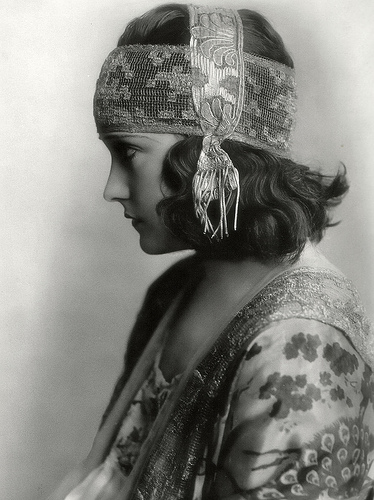
5. **Gloria Swanson**Gloria Swanson, a name that evokes the very essence of silent film glamour, was once at the absolute pinnacle of the Hollywood food chain. In a way, Billy Wilder’s moody and suspenseful masterpiece, “Sunset Boulevard,” allowed Swanson to play a highly fictionalized, yet deeply resonant, version of her own story. Like Norma Desmond, the film’s reclusive relic of the silent era, Swanson had experienced unparalleled fame, a monumental career that seemed untouchable, only to face the harsh realities of an industry in constant flux.
The seismic shift from silent films to talkies proved to be a formidable challenge for many stars of her generation, and Gloria Swanson, despite her immense talent, was among those who failed to make a successful transition. The nuances of her voice, the rapid changes in acting styles required for sound pictures, and perhaps a reluctance to adapt to the new medium ultimately led to her career’s decline. By the late 1930s, she had largely left Hollywood, her star power waning in the face of new stars and a different cinematic landscape.
However, Gloria Swanson never entirely disappeared from the spotlight. She made a few memorable appearances on stage and on the radio, keeping her connection to the performing arts alive. But it was undeniably clear that her dazzling star had all but faded when she received the call that would bring her back to Hollywood for “Sunset Boulevard.” Her electrifying performance in the film was a breathtaking comeback, reminding the world of her extraordinary presence and raw talent, earning her an Academy Award nomination and a renewed appreciation from critics and audiences alike.
Despite the triumphant revival that “Sunset Boulevard” provided, the resurgence didn’t last indefinitely. Gloria made only a few major films afterward, choosing to live a more private life, albeit still celebrated for her iconic past. Her status as one of Hollywood’s truly great fallen goddesses remains, a legend who experienced the dazzling highs of unparalleled fame and the quiet dignity of a career’s natural evolution. Her legacy, forever intertwined with Norma Desmond, stands as a powerful testament to the transient nature of stardom and the enduring power of a truly unforgettable performer.
Okay, so we’ve already taken a deep dive into some of the Golden Age’s most captivating vanishing acts, but trust us, the story doesn’t end there! The allure of Hollywood was undeniable, yet the reasons for these stars stepping away are as varied and intriguing as their on-screen performances. Get ready, because we’re about to uncover the unique circumstances behind the retreats of five more iconic stars, examining how everything from personal choices to industry pressures or even hidden talents led to their enigmatic exits from the Tinseltown limelight.
Read more about: Unveiling the Titans: 13 Legendary Directors Who Redefined the Art of Cinema
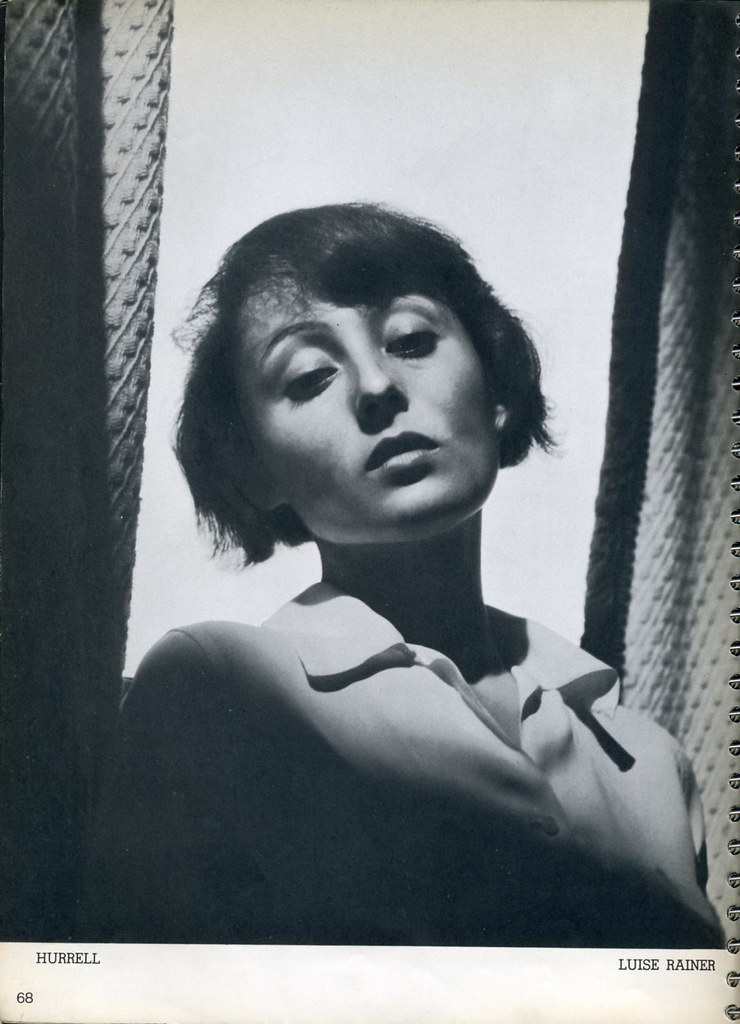
6. **Luise Rainer**For such an incredible record-breaker, it’s honestly surprising how little Luise Rainer is discussed outside of the most dedicated classic film buff circles today. This German-born actress didn’t just make history; she practically rewrote it, becoming the first actor ever to win not one, but two Academy Awards! And if that wasn’t impressive enough, she achieved this remarkable feat in back-to-back years, a testament to her undeniable talent and screen presence.
MGM, her studio, truly believed she was destined to be the next Greta Garbo, poised to fill those iconic shoes with her own unique sparkle. However, what could have been an even more legendary career was unfortunately derailed by a string of disappointments. These setbacks ultimately led her to make the monumental decision to leave the bustling film business in 1938, a departure that shocked many at the time.
So, what happened to this rising star? A complex cocktail of factors contributed to her swift departure from the Hollywood scene. She experienced a growing disenchantment with the often-restrictive nature of Hollywood and received what many considered to be poor career advice from those around her. The glitz and glamour, it seemed, couldn’t outweigh the artistic frustrations she felt.
A significant turning point, which undeniably cut her film career short, was the tragic death of producer Irving Thalberg in 1936. Thalberg had been a crucial champion for her at the studio, a powerful ally who believed in her vision and talent. Without his guiding hand, she found herself adrift, making the decision to leave the movie business entirely and return to Europe. After her dramatic exit, she made only three film appearances between 1939 and 2003, and took on only sporadic roles on television, becoming a fascinating footnote in Oscar history.
Read more about: 14 Stars Who Served: Unexpected Military Pasts of Famous Faces Before Hollywood Called
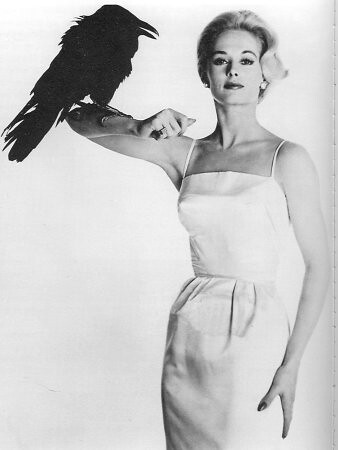
7. **Tippi Hedren**When you think about Tippi Hedren’s electrifying debut in Alfred Hitchcock’s “The Birds,” it’s genuinely astonishing how quickly and confidently she took to film acting, especially considering Hitchcock himself discovered her in a simple TV commercial. She perfectly embodied Hitchcock’s ideal of the cool blonde, possessing an elegant poise and a captivating mystery that made her a star almost overnight. However, this seemingly dream start soon turned into something far more sinister.
Hedren found herself undergoing an extensive and increasingly torturous mentorship under the “master of suspense.” This intense and demanding relationship with Hitchcock, rather than launching her into superstardom, ironically proved to be the very thing that effectively ended her career before it truly had a chance to flourish. The darker side of Hollywood, sadly, was about to reveal itself in a most unwelcome way.
Years after his death, Hedren bravely shared the full, unsettling truth: Hitchcock had kept her under an exclusive contract. This ironclad agreement essentially prevented her from taking on any roles with other directors or studios, a cruel twist that came after she courageously denied his unwanted advances. It was a shocking revelation that cast a long shadow over their professional relationship and highlighted the immense power imbalances within the studio system.
Because she was unable to capitalize on her burgeoning fame by taking on other high-profile roles, Tippi Hedren’s promising career tragically stalled out as a direct result of this contractual bondage. While she bravely continued to work in the industry, her talent never again graced the screen in the same caliber of movies she made with Hitchcock, leaving many to wonder about the iconic roles she could have played had circumstances been different.
Read more about: From Silver Screen to Sidelines: 11 Iconic Female Stars Who Faced Unexpected Blacklisting in Hollywood
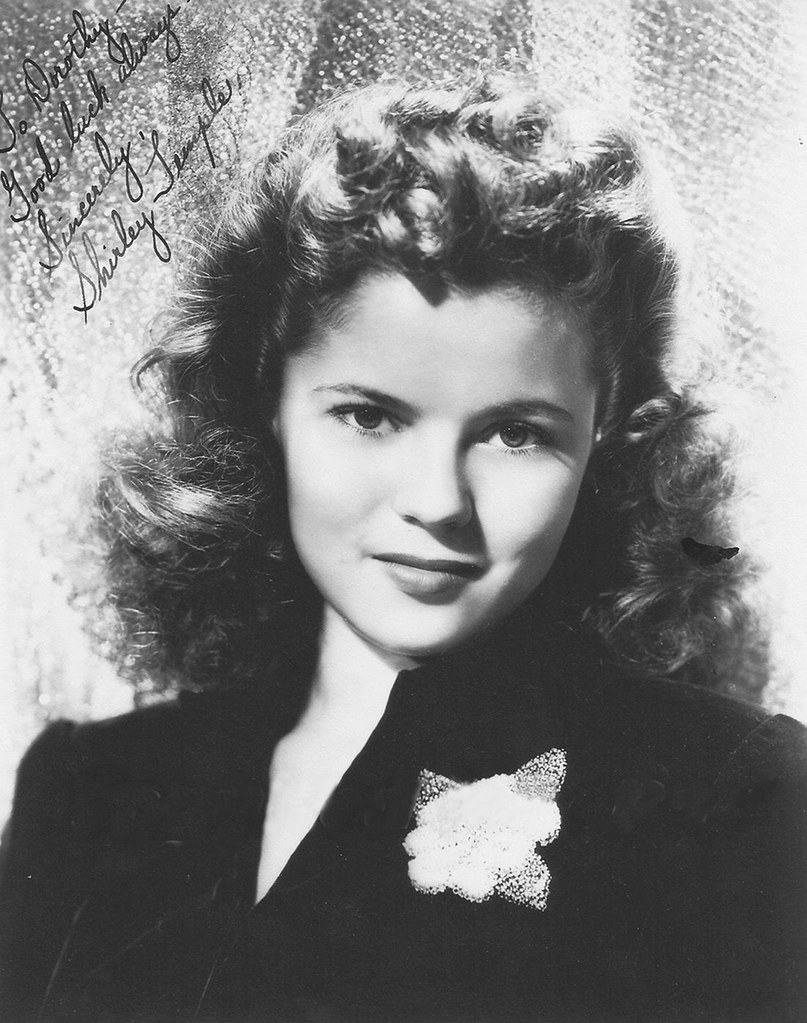
8. **Shirley Temple**Seriously, who didn’t adore Shirley Temple? At the absolute height of her career, this curly-haired cutie wasn’t just famous; she was Hollywood’s biggest box office draw, a pint-sized powerhouse whose infectious charm captivated a nation. She effortlessly tapped, sang, and yes, even cried her way straight into the hearts of Depression-Era moviegoers with a delightful series of charming song-and-dance films that brought much-needed joy during tough times.
Despite possessing all the ingredients to gracefully transition into successful teenage and adult roles, Shirley Temple made a surprisingly mature and incredibly personal decision. She candidly realized that she had simply lost her burning passion for making movies, recognizing that her childhood career had run its natural course. It’s hard to imagine, but she married and officially retired from films in 1950, at the wonderfully young age of just 22.
After stepping away from the silver screen, Temple chose a markedly different path, living a quiet life largely out of the intense public eye for several peaceful years. However, her remarkable journey didn’t end there! In the late 1950s, she began appearing on television, charming a new generation of viewers. Then, in the late 1960s, she embarked on an entirely new and distinguished chapter, beginning a longtime and highly respected career as a U.S. diplomat, proving her brilliance extended far beyond entertainment.
Read more about: Remember the Wild Web? These 14 Pioneering ’00s Websites Defined the Early Internet Era
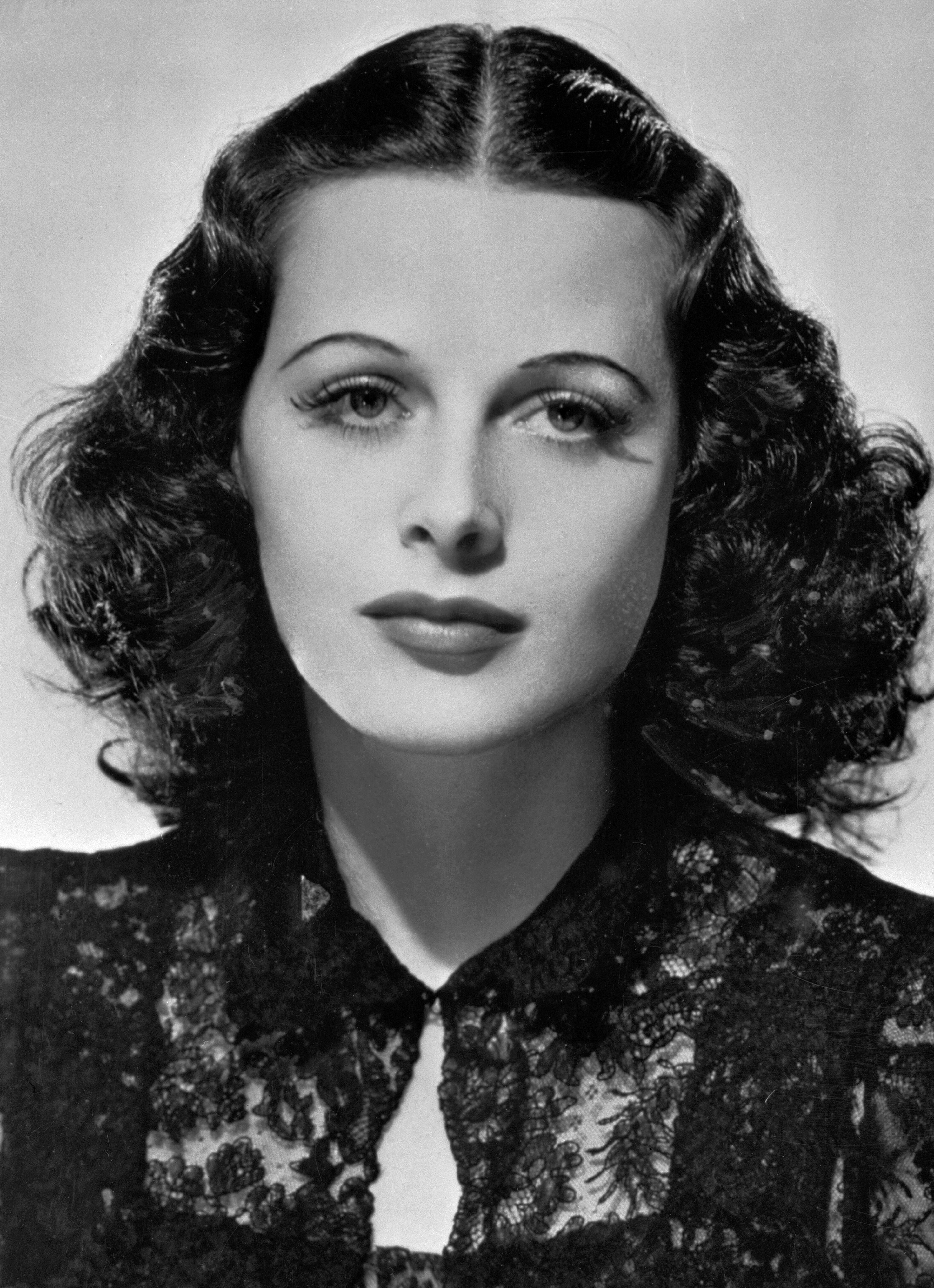
9. **Hedy Lamarr**Let’s be real, Hedy Lamarr was no ordinary starlet; she was in a league of her own, a true polymath whose intellect was as dazzling as her on-screen presence. What’s truly mind-blowing is that during the very peak of her glamorous film career, she was quietly credited as a co-inventor of a sophisticated radio guidance system. This groundbreaking technology, believe it or not, is the fundamental basis for modern-day innovations like Wi-Fi and Bluetooth!
However, as her cinematic career began to wind down, Hedy Lamarr became increasingly known for something else entirely: her profound reclusiveness. She made her last film appearance in 1958, and from that point forward, public appearances became incredibly rare events. She grew fiercely protective of her image and privacy, even going so far as to take legal action against individuals she believed were attempting to cash in on her lingering fame.
By the time the 1980s rolled around, her desire for solitude had intensified dramatically. She communicated almost exclusively with her closest friends via telephone, drawing a tight circle around her personal life. She lived out the last two decades of her remarkable life in almost total seclusion, a fascinating and somewhat heartbreaking end for a woman who was once celebrated as one of the world’s most beautiful and intelligent stars.
Read more about: Banned from the Big Screen: Iconic Moments That Sparked Outrage and Censor’s Fury
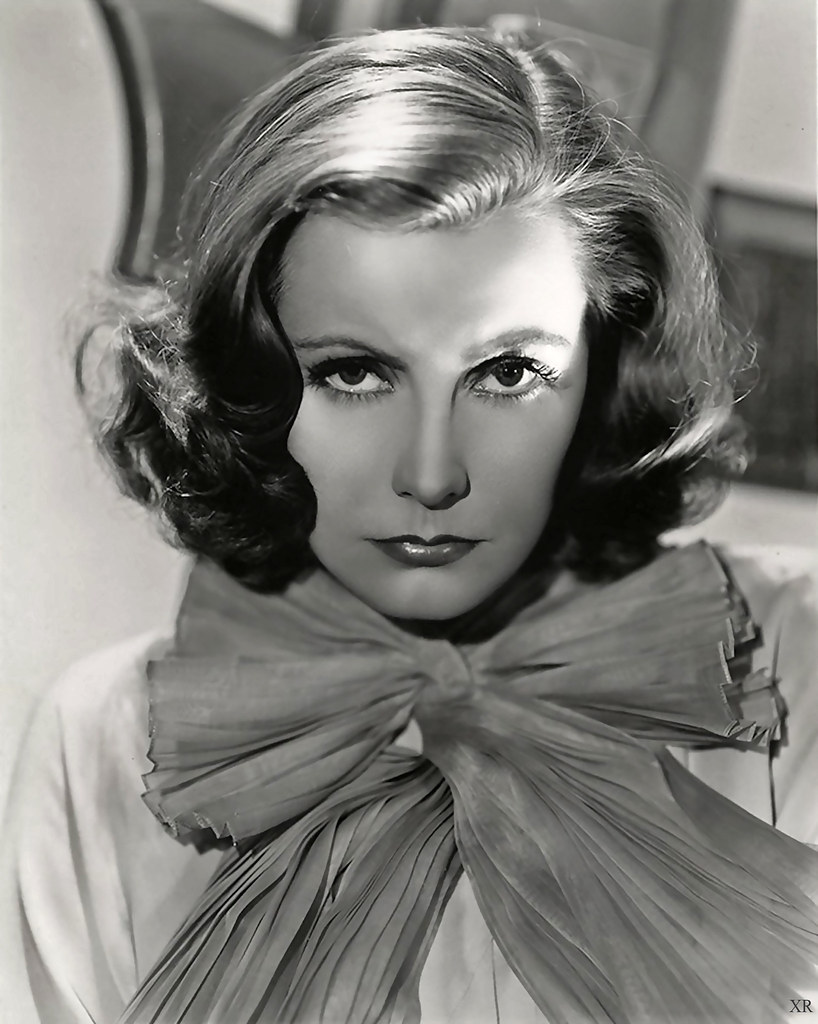
10. **Greta Garbo**Okay, so when Greta Garbo uttered her most famous film line, “I want to be alone,” she truly wasn’t acting. And honestly, she certainly wasn’t kidding either! This enigmatic Swedish silent film star first graced Hollywood with her mesmerizing presence in 1925, signing on to work for the powerhouse studio MGM, where she quickly rose to unparalleled fame.
Despite her monumental status, a turning point arrived with the critical failure of her final film, “Two-Faced Woman,” released in 1941. Shortly after, a tired Greta Garbo made a shocking announcement: she was retiring from Hollywood. This decision sent seismic waves through the industry, as she was arguably the biggest star in Hollywood at that very moment. For someone to voluntarily quit at the zenith of their fame was, quite simply, an unprecedented shock.
As she was famously quoted later, Garbo felt she had “made enough faces” in front of a camera, a surprisingly relatable sentiment for anyone tired of being under constant scrutiny. While not what you’d call a complete recluse, she consciously cultivated a guarded and intensely private life, deliberately keeping her circle of friends incredibly small and intimate, far away from the prying eyes of the public.
After her incredibly public retirement, Greta Garbo lived for nearly fifty more years in what can only be described as semi-solitude. Her choice to step away from the glare of the spotlight and embrace a quiet, dignified existence stands as one of Hollywood’s most enduring mysteries and most powerful statements about the true cost of fame. Her legacy is one of unparalleled beauty, undeniable talent, and an unwavering commitment to her own peace and privacy.
Read more about: Beyond the Red Carpet: 12 Unforgettable Hollywood Stars Whose Off-Screen Lives Were Anything But Ordinary
Wow, what a journey through Hollywood’s Golden Age! From Clara Bow’s “it girl” energy to Greta Garbo’s enigmatic solitude, these stars truly lit up the silver screen, only to eventually fade from our collective consciousness for reasons as diverse as their talents. Their stories are a poignant reminder that while fame can be dazzling, it often comes with a complex price, and sometimes, the most courageous act is choosing a different path entirely. Each of these actors left an indelible mark, reminding us that behind every iconic performance lies a unique human story, often filled with triumphs, struggles, and the quiet pursuit of a life beyond the camera’s lens. Their legacies, though sometimes forgotten, continue to intrigue and inspire, proving that true stardom is about so much more than just fleeting moments in the spotlight.


